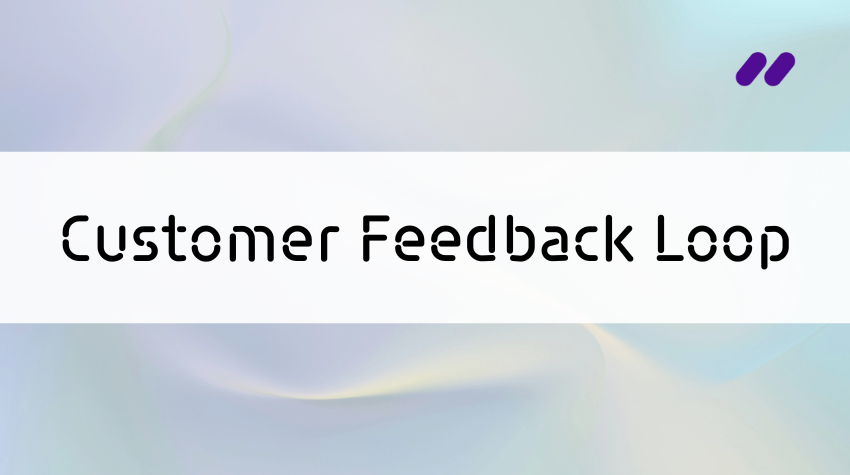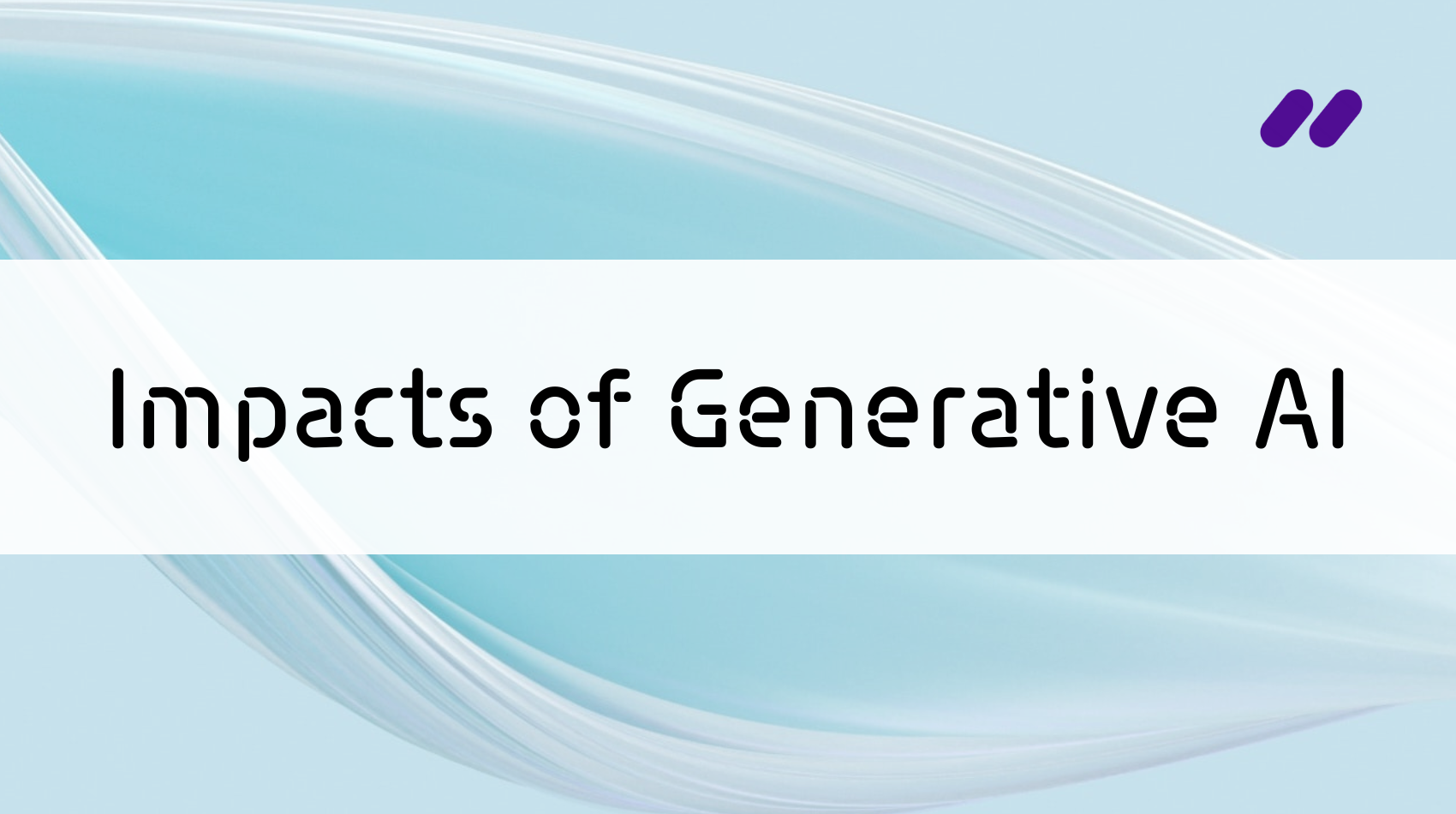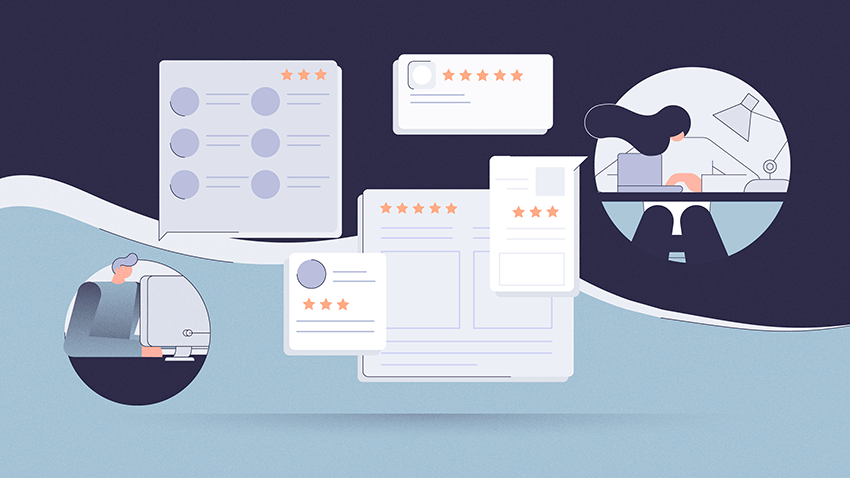The customer feedback loop is an important part of forward-thinking customer experience practices.
In theory, every organization wants to close the customer feedback loop. It means that you’re listening to your customers and taking their feedback into consideration.
Easier said than done, though, right? In practice, there’s a lot to consider to set up your CX practices in a way where you can effectively close the feedback loop.
In this post we hope to give you a stronger understanding of the activities involved in the customer feedback loop so you can make changes at your own company.
We’ll be talking about the ethos of the feedback loop and what it means to be customer-centric, as well as giving you some actionable tips and recommendations you can apply to your own work.
Our goal is to avoid making another fluff piece in search results. We hope that comes through when you’re reading this.
What is the customer feedback loop?
The term “feedback loop” has different meanings. You might have heard of a negative or positive feedback loop. This is not quite the same as what we mean in customer experience.
For us, the customer feedback loop is a set of stages that define and outline the practices around feedback collection, analysis, and response at an organization.
To be a little clearer, you use a feedback loop to figure out what your customers are telling you and apply what you learn to your business, products, services, and so on. The feedback loop is the foundation of listening to the voice of the customer.
We can break down the feedback loop into three stages: Collect, Analyze, Act.
Learn more about the voice of the customer
Read our complete guide to the voice of the customer here.
1. Collect
Gathering feedback data might seem like a no-brainer, but there’s a lot to consider to make sure it contributes to your customer feedback loop in the right way.
Customer feedback can come from many channels: reviews, survey responses, contact center tickets, call transcripts, and so on. It’s a good idea to aggregate all of this multichannel feedback. This way, you can see patterns across datasets that you might miss otherwise.
Each channel can reveal different things about your business or products. Treat each one based on the information you can collect and how you might be able to respond. Think about the following:
- Reviews capture customers who want to communicate their experiences, good or bad, with others. You can respond to reviews in a public space, too. Acknowledge the time a person took to write it; address negative comments in an honest and trustworthy manner.
- Support tickets and the metadata associated with them (like product SKU) will help you pinpoint exactly where issues are coming up. When doing data analysis, metadata can be very useful in identifying trends and filtering datasets.
- Surveys enable you to ask directly for feedback rather than leaving customers to find ways to give it online. This is a great way to build trust in how your organization treats the feedback loop. Here, you want to set yourself up for success by asking open-ended questions paired with a satisfaction rating like NPS or CSAT.
What all these channels have in common is that they give you mostly qualitative data. This data tells you a great deal about how your customers are feeling. However, making use of qualitative data relies on the next step of the feedback loop: analyzing the data.
Planning is all important. Feedback is feedback, sure, but it could be so much more if you have the right framework in place to maximize it.
Why collect feedback anyway? Consider the ethos of how your organization uses or plans to use feedback. If you don’t take steps to analyze it and close the loop with customers, gathering feedback is kind of an empty step.
Customer-centric organizations understand that input from customers can have wide impacts on the business, whether it’s planning products or features, making improvements or fixing issues, or just creating great customer experiences.
2. Analyze
Data analysis is what sets organizations apart today. Analysis is what breaks feedback data out of silos and allows it to flow into and influence business practices that improve your customer experiences.
How do you analyze feedback data? Well, if you’re following best practices and collecting qualitative data, you will want to use a text analysis solution. These software platforms are able to process large volumes of text data, making them a great fit for voice of the customer programs.
Because with a lot of text feedback, you can’t really do any meaningful analysis manually. So you have to rely on analysis tools like text analytics platforms to assist you.
With strong analysis, you can better understand what your customers are actually saying, and take steps to incorporate that into your strategies and next steps.
Good analysis informs your actions. It takes data and illuminates insights that help you move forward in a data-driven way, instead of relying on assumptions.
You might think that we’re not covering analysis so much in this section. That’s because with a strong analysis solution like Keatext, you don’t have to think about it much. It simply bridges the gap between collecting feedback and acting on it.
In the following sections, we’ll show you what makes an analysis solution not just good, but great.
3. Act
Now what? Well, you’ve gathered feedback and found the insights you need from it. The next step is to take action and apply these learnings to improve elements of your business.
Some sources will add a fourth step which is following up with customers directly. This is generally part of the “Act” step, but it’s important to highlight the impact of doing this. Replying individually to customers can help prevent churn. In fact, customers who had a bad experience are likely to stick around and even be more loyal to your business after you acknowledge and address it honestly.
All of this is what we consider the “closing” of the feedback loop. This is the whole point of the framework. Closing the loop simply means that you’ve come back around to the beginning. There are no loose ends, no customers waiting for a follow up, no insights you missed to apply to your operations and improve experiences.
Now you can do something cool: start the feedback loop again! It’s an iterative process. You can build on everything you learned and apply that to your next move. Although, it’s important to see that the feedback loop is not one big thing that you run all at once.
In reality, you have many feedback loops happening every day with a huge number of customers. It’s embedded into your day to day practices and the overall philosophy of your business. This gives you so many opportunities to close the loop and make an impact on customers.
Best practices for your customer feedback loop
Like with most things in customer experience, planning and framing your work matters a lot. Weaker links in the process have ripple effects on the whole.
You could have the best feedback collection strategy ever, but if you can’t use any of it, what’s the point? Or you could have a great team who responds considerately to every customer, but if you can’t analyze the data to find the root cause of bad customer experiences, you’re not doing much better.
Strength and consistency throughout the feedback loop is what we’re going for here.
Tip: Audit your customer feedback loop
If you’re reading this, it’s likely that you already have some kind of feedback loop in place. If you’re not collecting feedback at all, this is a great reminder to get on that.
But if you have a process, how do you know if it’s going well? Here are common mistakes in each stage:
- Collect: Not getting enough qualitative data, or not aggregating multichannel feedback
- Analyze: Not getting insights that tell you anything, or are actionable
- Act: Not applying learnings from feedback (could be an executive problem or lack of data to drive decision-making) or measuring results
If you can confidently say that you’re gathering qualitative customer feedback, finding actionable insights, and using that to make data-driven decisions to improve products or experiences, then we’d say you’re doing a pretty nice job.
Keep testing and iterating on your feedback loop, wherever you find yourself. Strengthening each part creates a tight ship that makes it hard to miss any critical insights that you need to support your business.
Creating great experiences is about service too. New best practices have emerged that show you shouldn’t reply only to people who left a negative comment – although that’s obviously a smart practice, too.
By replying to everyone who leaves feedback, you can create great relationships between customers and your business.
This comes back to the ethos of the customer feedback loop and what it means to be a customer-centric organization. People can tell if your business genuinely is making efforts to care about customers. Even if you’re just taking the first steps, the intention shines through.
Always keep in mind that the feedback loop is an iterative process. After you act on customers’ comments, the feedback loop starts over again. Now, you are collecting feedback on the last changes you made. Did people feel that you listened to and applied what they had to say in their feedback?
An underrated best practice, too, is technology. Analysis tools play a valuable role in automating parts of your work to set you up for success. So, how do you support your customer feedback loop with technology?
Closing the loop with analysis tools
Solutions like Keatext are built with the feedback loop in mind. The bread and butter of any text analytics platform is feedback analysis. But not all of them can provide valuable insights and actionable recommendations on how to improve customer experiences.
This functionality is what really enables you to turn feedback into action. So, what goes beyond “regular” analysis and makes it really impactful?
For one thing, it supports your work not only in the analysis of feedback but in reporting, making recommendations, and sharing insights with your team or manager. Working in customer experience, reporting is a huge part of your job.
Keatext automatically generates a report for you to share, for example. Another thing is around formulating recommendations. Keatext identifies key drivers of satisfaction or disengagement in your data, and predicts the impact that these elements will have on your customer satisfaction scores.
Then, Keatext recommends what you can actually do to improve those things, by leveraging an integration with GPT. This is just one example of a creative way to address and support the parts of your workflow that go beyond the raw analysis of data.
Can GPT help me close the customer feedback loop?
It’s a good question. Thankfully, we have a whole article on that written by our CEO, Narjes. Topics like these need an expert opinion from someone who’s seen a lot more than we have in this industry.
It all comes back to revenue and business goals. If you’re going to invest in technology like analysis tools to support your feedback loop, you need to connect that to your bottom line. This investment goes a long way in helping you prevent customer churn, which means revenue that you might have lost can be kept in your business.
All this talk of revenue, return on investment, and churn brings us to the last part of this post. That is, how you can advocate for a stronger feedback loop at your organization.
Advocating for a strong feedback loop
We’ve mentioned a lot here the ethos of customer experience at your organization. In some cases, you might be the CX champion at your company, but struggle to get higher-level or executive support.
Because the customer feedback loop is based on data and making data-driven decisions, you can leverage this to affect changes at your company, by influencing leadership to embrace a customer-centric strategy.
Executives are going to be concerned with revenue, business goals, and your bottom line. In this lens, customer experience might be less of a priority.
However, by connecting the success of your feedback loop to business performance, you can get the executive buy-in that transforms your organization into a truly customer-centric one.
Analytics platforms can show the connection between customer satisfaction on revenue. For example, Keatext identifies the topics in your feedback that have the most critical impact on your customer retention.
Whether they have a positive or negative impact, knowing these key drivers is important to your business. Customer experience teams leverage Keatext to use data to drive decisions and advocate for the right changes.
So, how do you feel about the feedback loop now? We hope that this post gives you a wider understanding of the feedback loop, not as it exists in a vacuum but how it can be applied to your own business context.
If you’re interested in taking your analysis and action stages one step further, consider learning more about Keatext or booking a demo with our team.




